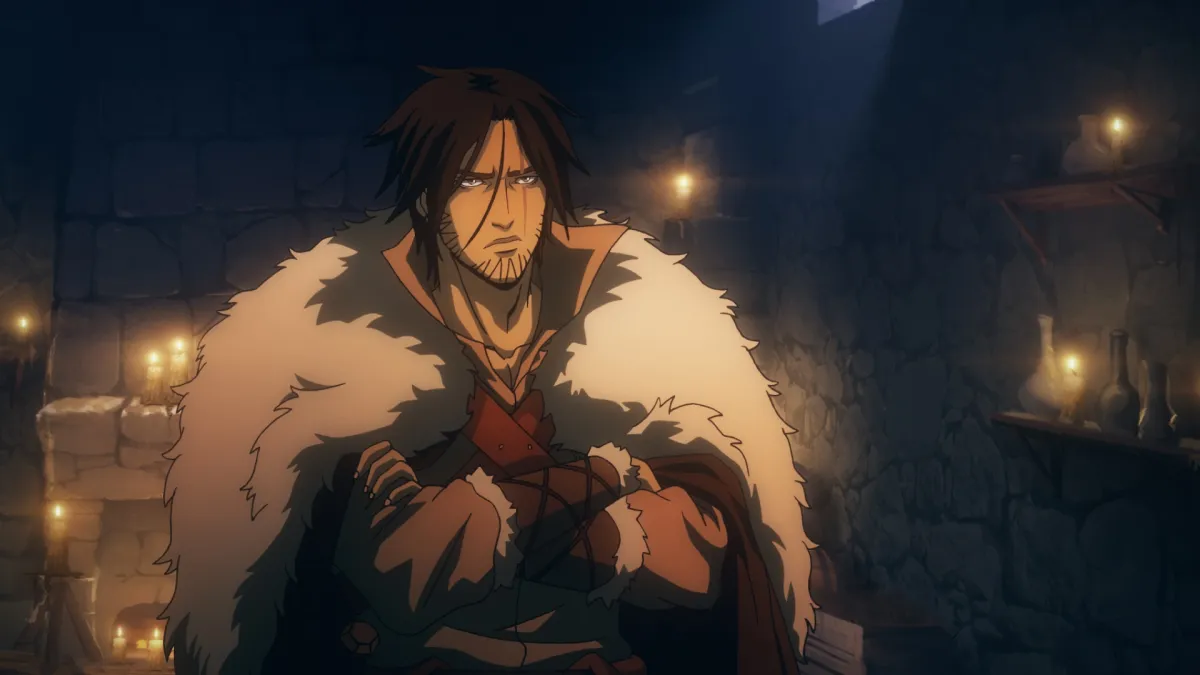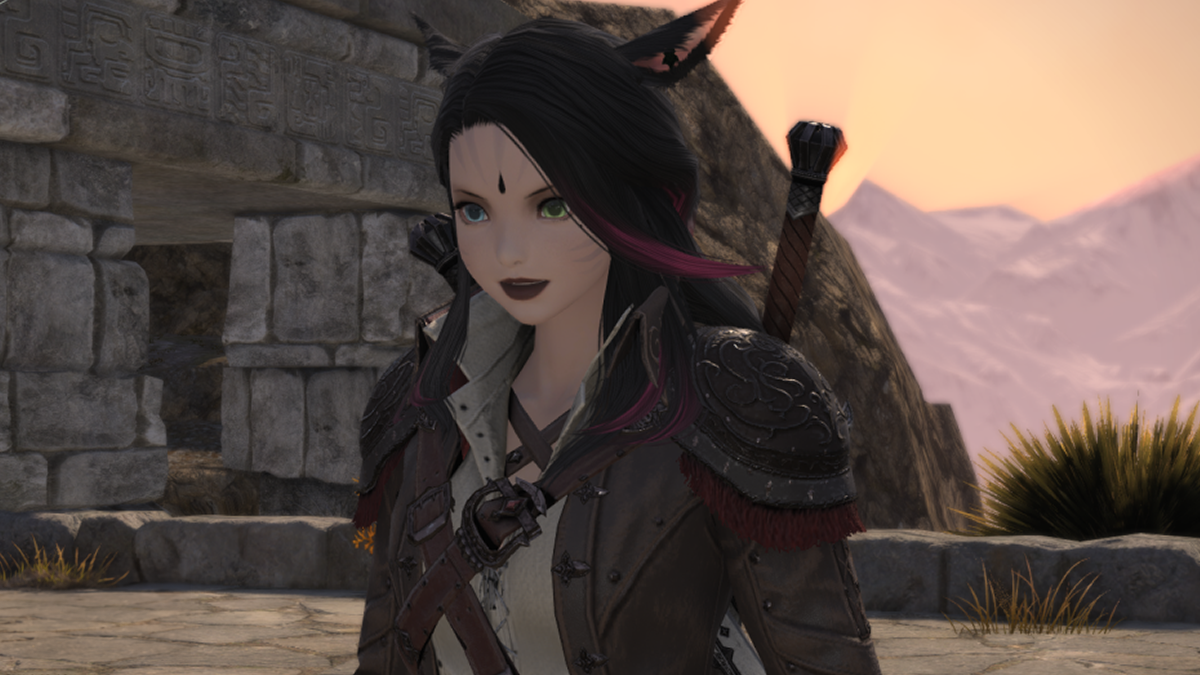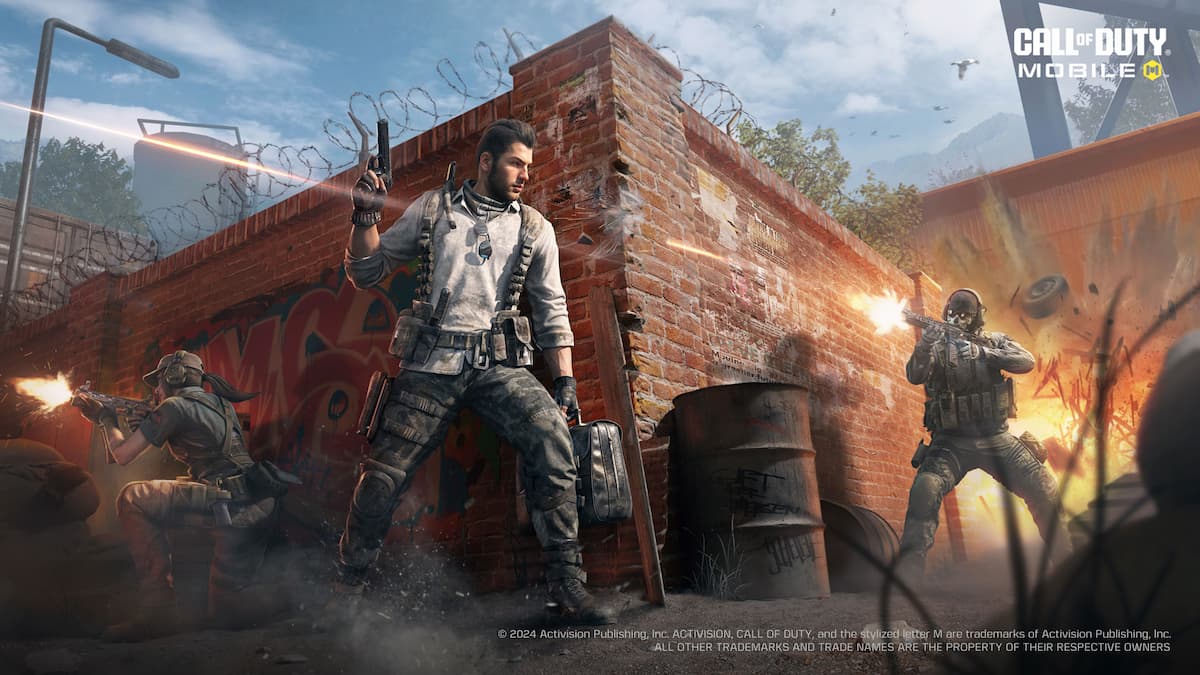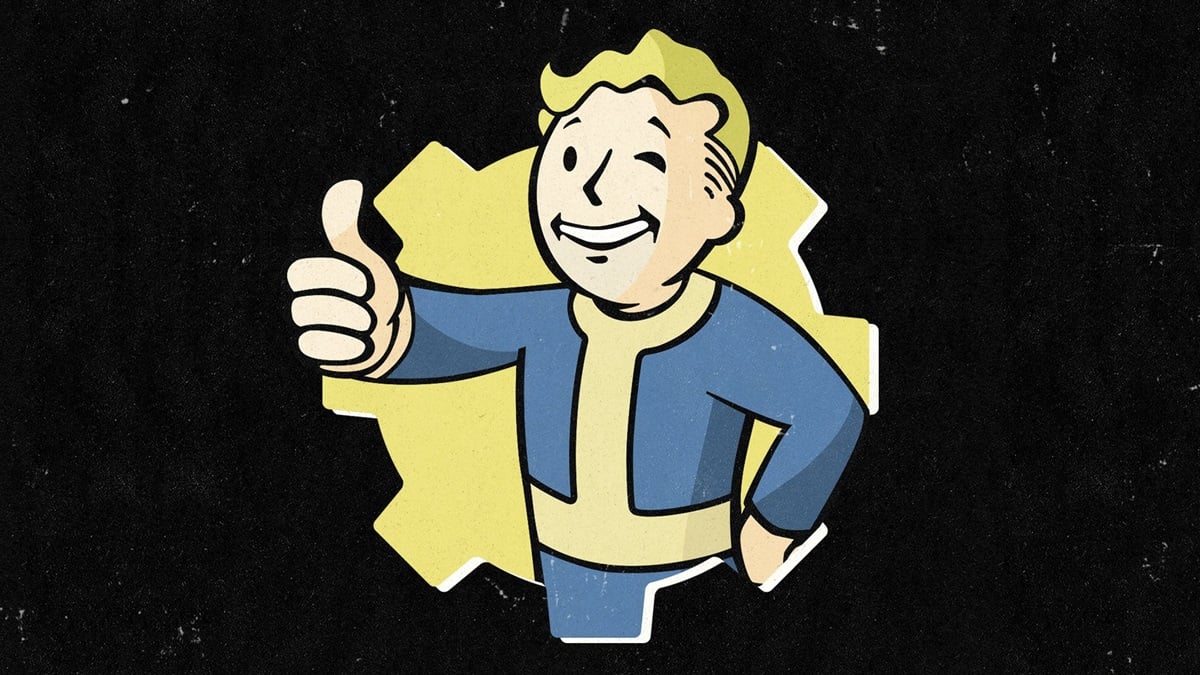Interview with the vampire
At RTX this weekend, I got a chance to sit down with the director of Netflix’s Castlevania, Sam Deats, and Frederator Studios director of marketing, Nate Olson.
We chatted about the recently launched series and how it overcame its development hell to finally hit the streaming juggernaut.

Destructoid: How did this project come to be?
Sam: Basically, Over 10 years ago, Kevin Kolde ending up getting the rights to the show and was trying to get it going. They started to get the scripts together, they were making it direct to DVDs. Unfortunately they had to hit pause on it for a good while and then that got revitalized when Adi Shankar showed up.
I was really interested in the property and they [Frederator] managed to get a deal with Netflix. That’s a really short version of a 10 year gap with them holding onto the property but they had written a bunch of scripts back 10 years ago and Netflix really thought that the scripts were great. That’s pretty much how it kind of came back to life.
We came in pretty much around that time when it was starting to come back to life. You know, a good ways into that. We saw that it was coming back to life, Warren [Ellis] reached out to Frederator and they were interested in working with us.
Destructoid: What intentions do you have for following plotlines from the series?
Sam: That’s going to be up to Warren. I only know bits and pieces and I can’t say much because of spoilers.
Destructoid: How easy was it to get Konami’s okay on the series?
Sam: When we were making the series, Konami was very chill about everything. They seemed to just like what we were doing. It was a very easy process working with them. They occasionally had relatively minor notes on like character designs and stuff like that.
Someone over there has a great eye for continuity errors, they would send us over little things like hey this person is holding their weapon in the wrong hand or something like that. We’d take a look and say, oh shit, yeah, you’re right. And so that process working with them was really very easy.
Destructoid: What was the casting process like?
Sam: That casting process is mostly handled by the producers but they were very much involved in that process. One thing I can say is just the absolute delight it was to have the kind of casting choices that were made. The incredible luck we had to have Richard Armitage as Trevor. I say luck because he got signed on very late in the game.
We had a few things fall through and it was a struggle to find someone for everything. And just by luck and circumstance, and everything like that, Richard ended up coming in and he ended up being absolutely perfect for the role. So I like to think that all of the struggles beforehand happened so that we could end up with Richard being Trevor.
Richard was originally what Warren suggested and it was right on, perfect!
Destructoid: When creating scripts for the show, which games in the series did you draw inspiration from?
Sam: Oh I can’t say much about that. Of course that’s more or less Warren.
Nate: I can say this is based off of Castlevania III. Its a prequel and you’ve got multiple characters and storylines like father vs son, mothers, dealings with the church.
Sam: It follows the plotline of the NES game to a certain extent.
Nate: The thing that makes this the most successful adaptation of a video game is that there is more to it to begin with.

Destructoid: How did you go about picking an artistic style?
Sam: We definitely wanted to do something that was going to fit within the Castlevania universe; something that’s going to jive with fans jive with us because most of my team is diehard fans ourselves. We obviously couldn’t help but to reference the shit out of Ayami Kojima’s work from Symphony of the Night onward, where they had really solidified a look and feel for Castlevania.
We reference that a great deal while we are trying to develop the style while also considering Warren’s script which has certain influences that you wanted to pull in. Those had elements of humor and had a lot of characterization. We wanted to make sure that we were developing something that would allow for that.
There was a combination of pulling some of that Ayami Kojima Castlevania influence while also thinking about how we can broaden the ability to have these characters express. That is where we start referencing other anime work. Basically, you see the way that characters in a lot of Satoshi Kun films are able to emote and you see how characters in shows like [Cowboy] Bebop and the Berserk anime films were able to have a darker story, but also get more expressive and have moments of humor.
It was finding that nice little middle ground where we’re able to have the characters express themselves in the best way possible while also having that same kind of design language that Ayami Kojima worked into these characters.
Destructoid: What were some of the limitations on episode length or the amount of episodes?
Sam: Well, that wasn’t so much an issue. One of the nice things with working on Netflix shows that you don’t necessarily have to worry about having a show run too long or anything like that. We don’t have to have an exact minute or second counter. It gives you some breathing room to play with, sometimes, and go a little bit over and not have to worry too much.
It has been very nice to have that ability to just let things breathe a little bit, or to edit things in a way without having to worry about. an agency overly cutting or overly padding stuff to get a very specific minute count. So that hasn’t been too much of an issue. Warren’s scripts were pretty well set up for the length we needed to hit.
Nate: I should say, Netflix has a minimum minute count, but not a maximum.
Sam: So long as you hit the minimum you can do whatever the hell you want to. We didn’t really go overboard or anything but you know…
Destructoid: All of a sudden there are 90 minute episodes (laughs)
Nate: So really, the limitation is production funds. When you’re making animation, you estimate the amount per minute, so that’s the only limitation. You only have so much funding.
Sam: Yeah exactly. It’s very rare in animation where you have like a bunch of leftover footage that you can start taking from one place. You typically board it and you create animatic. Most of the editing is done during the board animatic phase, where you’re trying to figure out where the cuts are edits are. Any time you need to add shots or cut shots, you’re just throwing money out of the window. So it’s very important to get that first part of the process done before you go on unlike with film where are you going to have like a lot of a lot of extra people.

Destructoid: Yeah, studios like to shoot B Roll for that exact purpose.
Sam: Yeah, exactly.
Destructoid: What is your favorite game from the series?
Sam: I mean, I hate to give a generic answer but I think Symphony of the Night is pretty great (laughs).
Destructoid: I think that is everyone’s favorite. It’s mine, too.
Sam: I don’t know if I could say anything else. That being said, I would say that Dawn of Sorrow probably perfected the formula that Symphony of the Night started.
Destructoid: I don’t disagree. That probably was the most refined.
Sam: I also really love Portrait of Ruin and Order of Ecclesia.
Destructoid: I was a big fan of Circle of the Moon.
Sam: Yeah, all of the handheld games I was really happy with, but Symphony of the Night started all that and it still has a lot of things that they ended up kind of bailing on in the later games. I really appreciated this little easter eggs that they had, like hidden command specials. The fact that it’s just a little bit more broken is kind of nice. I like that you can exploit certain things or even sequence break a little bit more than you can in, say, other games. I enjoy those things. Same way with like the Metroid games, that’s always been something I enjoy is figuring out how to kind of break the game a little.
Destructoid: How do you think this show will help with revitalizing the series?
Sam: That’s hard to say. It’s really exciting to see a lot of fans that have just kind of fallen off and gave up starting to come back and be like, holy shit! This is…this is cool! The series is coming back! Seeing that excitement, I would hope would translate to a lot more recognition to help it grow. I very much hope that this is going to get people excited about the property again and excited about the games.




